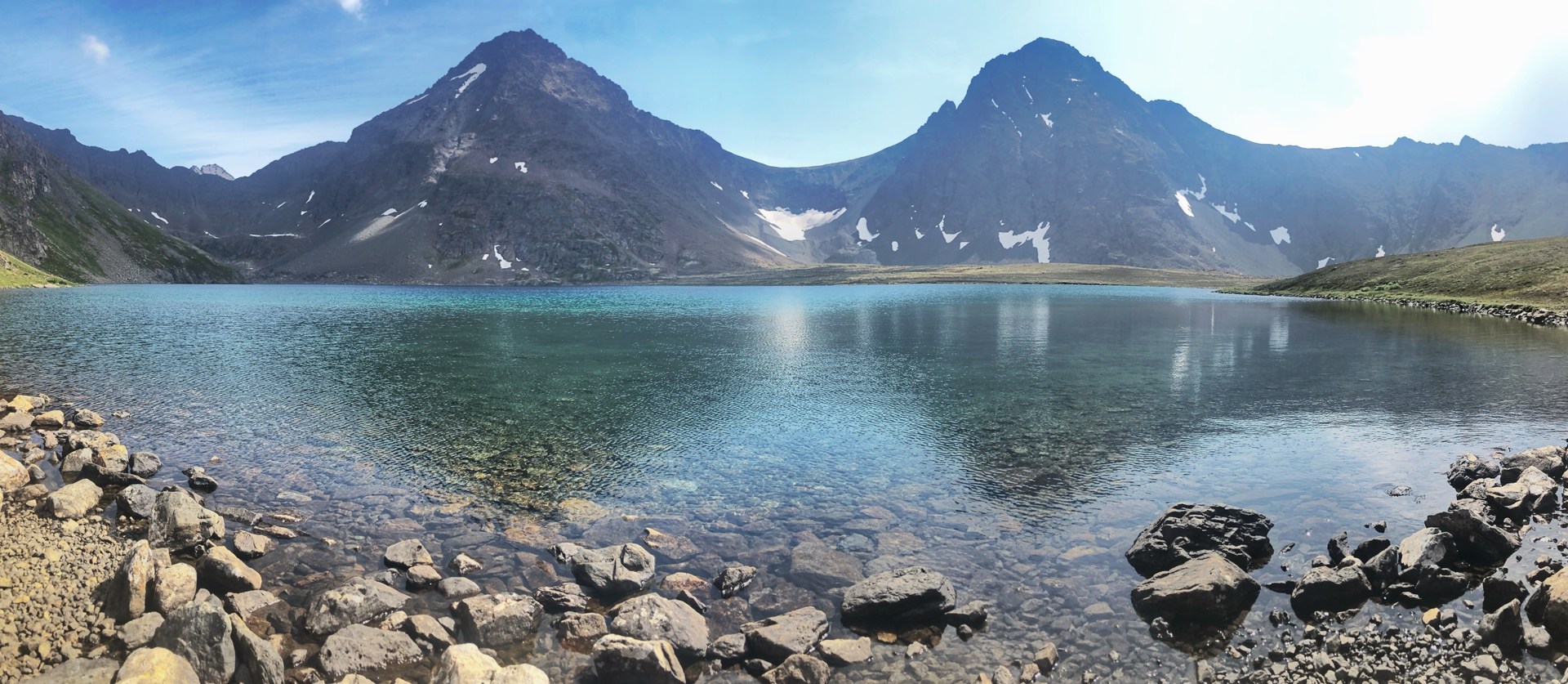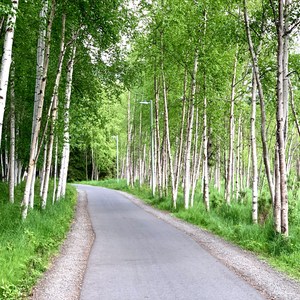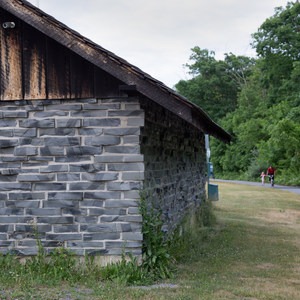You are here
Situated in a peaceful grassy glen in the shadow of the much less-peaceful-sounding (but stunning nonetheless, Suicide Peaks) the hike into Rabbit Lake is a Must-Do in Chugach State Park.
There are actually two different places to begin the Rabbit Lake hike: 1) You can begin from Upper Canyon Road just southeast of Anchorage city (no parking free required); or 2) You can also access the lakes from the McHugh Creek trailhead along the Seward Highway ($5 parking or Alaska State Parks Pass required). Option 2 is both longer and steeper, which is why people looking for a more mellow day opt for Option 1.
As with Powerline Pass, Rabbit Lake via Canyon Road is an extremely popular hike in Alaska due to both its versatility (open to hikers and mountain bikers alike) and the fact that most people are physically capable of it, despite its moderately lengthy nature. For that reason, it’s popular among trail runners, tour groups, and visiting families.
Nine miles round trip, the Rabbit Lake trail is an easy going half-day hike that climbs a steady but accessible 1,300 feet across 4.5 miles. Considering one hill near the beginning of the hike makes up the single biggest push in elevation, the rest of the hike is relatively low-incline.
The Rabbit Lake Trail is actually an old road, so the entirety of the trail is wide, though the dense shrubbery has overgrown enough in places to briefly narrow it from two-track to single-track. The early part of the hike is the most overgrown, so be on the lookout for Cows Parsnip and Devil’s Club (the Alaska equivalent of poison ivy and oak). Since your visibility during this section is limited, be bear aware and keep your noise and head up. If you’re hiking alone or in a small group, the occasional, “Hey Bear!” shout can let them know you’re coming and so they keep their distance.
After about a mile, you’ll reach the single steepest point in the hike, which consists of a hill eroded by near perpetually running water. This hill is actually the result of a private landowner who tore up the land with a backhoe hoping to limit access but instead lead to massive erosion. It’s not terribly difficult, but compared to the rest of the hike, it is a bit steep and tenuous.
Beyond that, you rise above the treeline and the land levels off into a wide, expansive valley with Rabbit Lake just barely visible in the distance. To your left (north) is Ptarmigan Peak. This hike is also the easiest access point for a non-technical ascent of that mountain. Enjoy the hike along this wide and rolling hillscape for another two miles before reaching the shores of beautiful dark teal Rabbit Lake. The lake is guarded above by North and South Suicide Peaks looming tall on the opposite shore. More experienced hikers and climbers should add these two non-technical peaks to their itinerary. In places, they require Class IV scrambling but never hit Class V.
Now it’s time to enjoy the spoils of your sweat and kick back and relax for a swim or picnic. It's 4.4 miles one-way to the initial shores of the lake, but the near shore has the tendency to get a little crowded on a nice summer day. For a little more privacy and better camping opportunities, head around to the south shore, adding a quarter mile or so of hiking for some peace and quiet. While not a long enough hike to demand a multi-day excurision, it’s an excellent spot for backcountry camping (especially if you hike in with the intentions of summiting the Suicide Peaks - best done by approaching from the south ridge).
Another tip: \always bring a raincoat on this hike. While skies can look bright and sunny in town, the weather changes rapidly in the Chugach Range. Going from bluebird skies at the trailhead to hail storms at the lake is not unusual. If a storm does start, the wind tears down the canyon ferociously.








Comments
Sign In and share them.